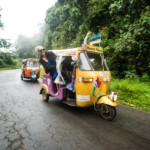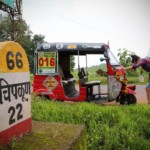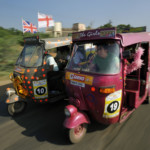Foreigner students going to India can now check out India’s guide for students, newly revised and published by the Indian Government itself. Admittedly, however, the handbook is nothing like your typical Lonely Planet guide book about the country…
In the past few days, the Internet in India has been blowing up with talk about the newest, government-issued handbook for students. The Indian Council for Cultural Relations has been publishing similar the handbook from 1965, the most recent version (before the latest, ninth edition,) became available in 1999. The book is called “Studying in India,” and it has already raised some controversy in the Indian society.
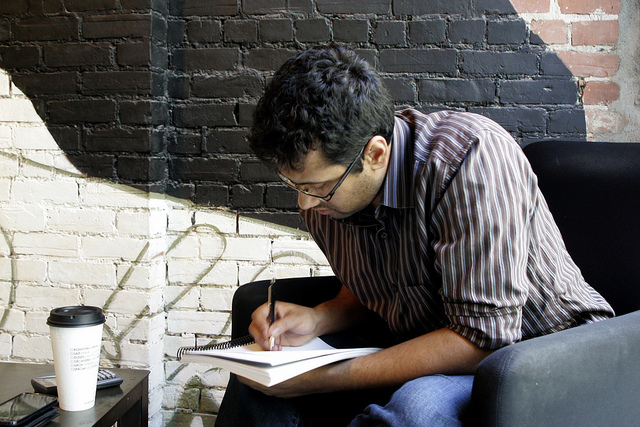
As Mr. C. Rajasekhar, Director General of the ICCR states in the Introduction of the book, the main aim of the manual is to “attract new batches of overseas scholars who wish to study in India.” The handbook, among other things, contains a lengthy list of important phone numbers and contacts, like that of banks, hospitals, travel agencies and registration offices for foreigners.
The manual is very informative; it gives the reader geographic and demographic information, but also takes care to clarify the general duration of seasons. Reading through the guide, one gets a pretty good idea about the country’s status in the world when it comes to business and industry, and it also talks about agriculture and some history, too. Basically, the first section of the “Land and People” chapter is a crash course on everything there is to know about India, be it how the flag looks and what the national anthem is to language origins and accomplishments of citizens.
Now, moving on to the parts that caused quite a bit of disturbance in the media. Some say that these following sections simply state the truth as it is, without any bias or sugarcoating. On the other hand, others think that some of these paragraphs are way too stereotyping, distorted by what the government thinks Indian people (and more specifically, women) should be like.
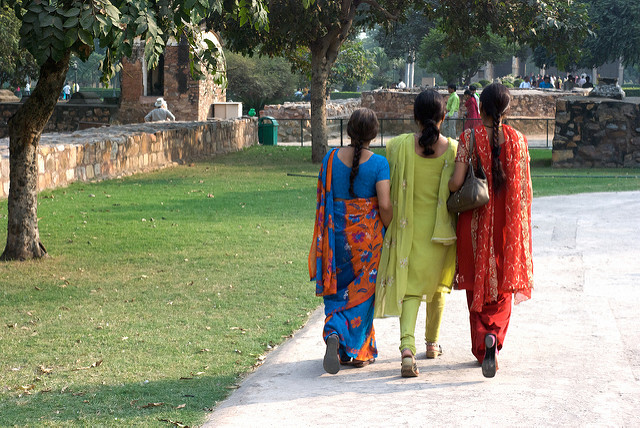
Generally, as the manual puts it, “Indians are generally friendly and informal.” The book also briefly talks about the openness of Indian citizens: “Many of them may not wait to be introduced in order to talk to the student. In buses and trains he may find people eager to talk. In cities and towns people tend to be a little reserved.”
The parts that are responsible for most of the controversies are located under the section “Women in India.” This paragraph starts off quite pleasantly; talking about the modern Indian woman who can overcome almost any difficulty, becoming an active participant in all areas of life. Makes sense; as we discussed many times before, Indian women generally run the show. As the manual puts it, “Educated women have cast aside many customary inhibitions and have come forward in many ways in the last few decades.”
Now comes the strange part, right after the previous sentence: “They will talk to the student when he is introduced to them. The modern Indian woman are traditional in some ways. She may refuse politely if he asks her out for a film or an outing. Dating is not common in India.”
For many, these two parts come together to form a peculiar piece of information: so, nowadays, Indian women have overcome their inhibitions and now will even talk to students? And what is this about dating and refusing politely? If a woman decides to not go on a date, is she not that modern anymore? On social media, it seems like there are some people who find this very perplexing. Others just let it go, saying that the book is spot on.

The manual also mentions customs, like clothing and gestures: “When people are introduced to each other they usually say “Namaste”, which is the most common form of greeting. The same form is used at parting as well. Both the hands are joined and raised in greeting. Some people also shake hands and use the English form of greeting like “Good Morning”, “Good Afternoon” and “Good Evening”. Women do not generally shake hands.” Here, too, some say that the part about women might insinuate that the not shaking of hands is being stuck in the past. Yet again, others dismiss this. Another issue arose within the section of introductions; some claim that the book intends to stereotype Indians as going around saying Namaste to everyone all the time.
Putting aside the difference in opinions about India’s guide for students, the book really is informative: it goes on about what people should expect when studying in India, it talks about different school systems, postgraduate and graduate courses, colleges, universities and requirements. Then it proceeds to list all of the contact information a student might need. Naturally, it also gives the reader some information about the Indian Council for Cultural Relations itself.
All in all, it is all a matter of perspective, just as the general audience was very divided in their opinions of Coldplay’s new single, Hymn for the Weekend and its portrayal of India. A big group Indians adored it, others were downright outraged at the coloured powder throwing children running around in the clip. Obviously, the same thing applies here, too.

18May
India’s Guide for Students is Here!
Are you crazy enough to come along for the ride? Then join us on the next Rickshaw Challenge. Get a team together and let’s see you at the starting line! If you want to join us in spirit, like us on Facebook or follow us on Twitter to keep up with our latest antics.



